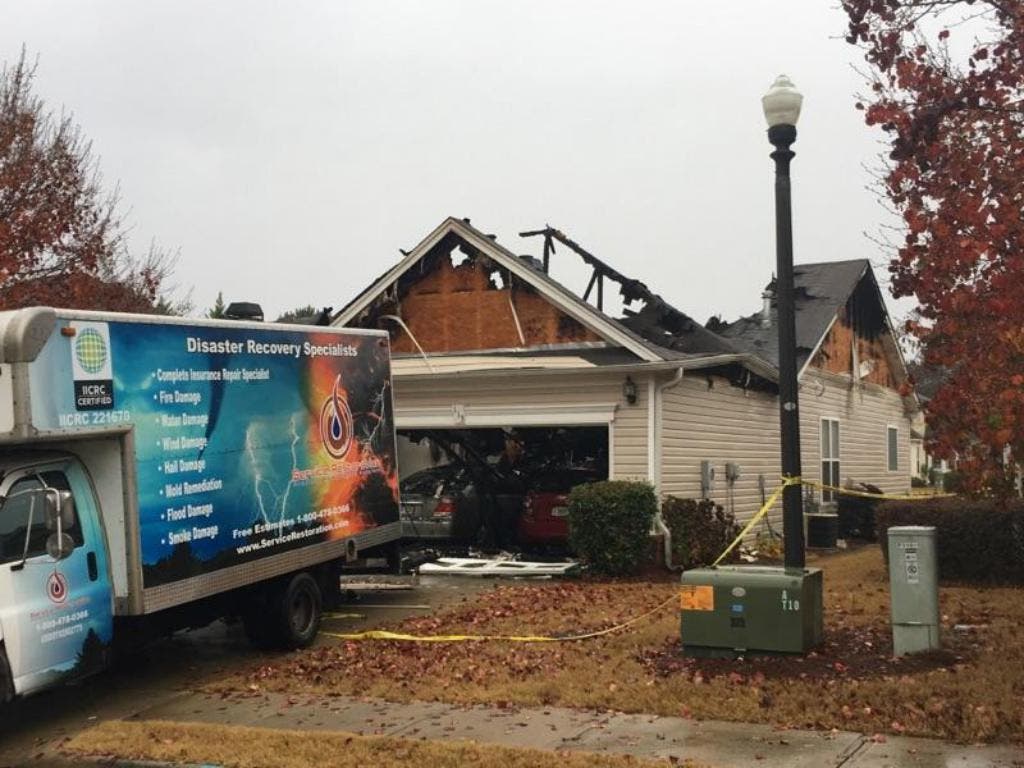Eden Prairie, MN|Local Classified|Announcement|
Flood Removal: Dealing with Water Damage

When should clean up begin? As soon as possible, clean up should be completed. Proper and prompt cleaning is essential for your health. Floodwaters can contain microorganisms such as bacteria, molds and viruses, raw sewage, dead animals, and other debris. It is important to quickly remove any such debris or contaminated materials from your house. Poor air quality can occur if materials are not disposed of promptly or cleaned up properly. Indoor air can be contaminated by microorganisms that can cause allergies and respiratory problems. They can damage building materials even after the flood waters recede. Get rid of water.
How can homeowners avoid problems?
Remove the water: Pump, sweep, or drain the water from the building. Remove branches, garbage, and other debris. It is a good idea for furniture, carpets, and other household items to be removed from areas that were damaged or wet by floodwaters. Wet or contaminated materials can contaminate indoor air. To prevent leaks, patch or replace leaking roofs and broken windows.
Dry your home/building completely. This is important because microorganisms thrive in moist environments. After the water has entered the building, dry it thoroughly. If electricity is not dangerous, fans can be used. Open windows to improve air circulation, ventilation, and drying. Close doors and windows to allow for dehumidifiers.
To dry the entire house, it may be necessary to take down portions of walls, ceilings, or floors. If they are properly dried, wallboard, fiberglass, insulation, and wall-to-wall flooring that was soaked with only clean rainwater can be saved.
If drying takes 48 hours, you might consider removing and replacing the material. You can continue drying for days or even weeks until the materials are completely dry to the touch and the humidity levels return to normal (35-55%). It is important to monitor humidity levels as microorganisms thrive within humid environments. If the house has been dried properly and completely, there should not be any musty odor.
All surfaces must be cleaned - Thoroughly clean and disinfect walls, floors, studs, closets, and any other flooded areas of your home. Use bleach, mildew removal products, and disinfectants such as quaternary, pine oil, and phenolic.
You should read the label of every cleaner. Make sure you follow the safety instructions. Mixing products such as bleach or ammonia can cause toxic fumes that can lead to injury or even death. Take care when using household cleaning products, as they can be harsh.
Don't leave items that cannot be dried or cleaned correctly. It can be challenging, especially if the items have sentimental value. However, keeping things that have been soaked in water can be dangerous to your health as they could lead to microbial growth. Wet materials should be thrown out if they are not easily dried and cleaned thoroughly. If they have come in contact with water, replace fiberboard, fibrous insulation, and disposable filters. The heating and air conditioning units will need to be cleaned if they have contact with water.
Avoid Carbon Monoxide
Carbon monoxide (CO), a colorless, odorless gas that can cause death at high levels, is a dangerous gas. If combustion devices are used indoors, dangerous levels of carbon monoxide can quickly build up. Only use gasoline-powered generators, camp stoves, lanterns, grills, and charcoal-burning devices outdoors. These should not be used indoors.
emergency flood service in Eden Prairie, MN Service Restoration
https://www.google.com/maps/pl...
Contact us:
Service Restoration Eden Prairie
18011 Pioneer Trail,
Eden Prairie, MN 55347
(952) 522-8100